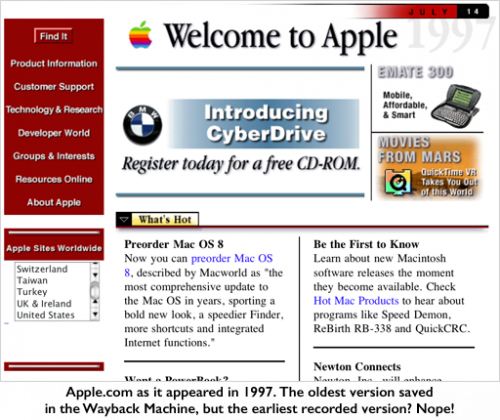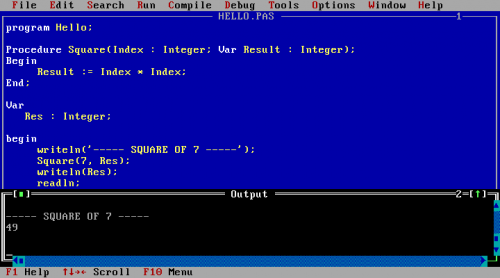These are some sad, sad news, folks – Linux Journal is closing down:
EOF
It looks like we’re at the end, folks. If all goes according to a plan we’d rather not have, the November issue of Linux Journal was our last.
The simple fact is that we’ve run out of money, and options along with it. We never had a wealthy corporate parent or deep pockets of our own, and that made us an anomaly among publishers, from start to finish. While we got to be good at flying close to the ground for a long time, we lost what little elevation we had in November, when the scale finally tipped irrevocably to the negative.
I’ve been a subscriber of the Linux Journal for many years (just not the most recent ones), and I’ve learned a lot from it. It’s very sad to see it go, even though it’s been years since I read it last.

